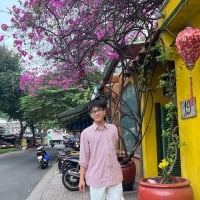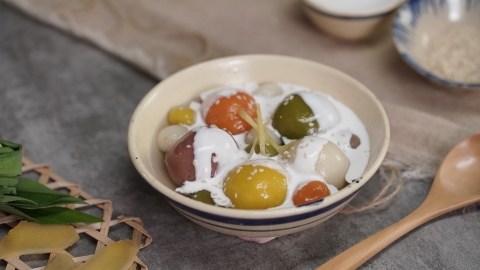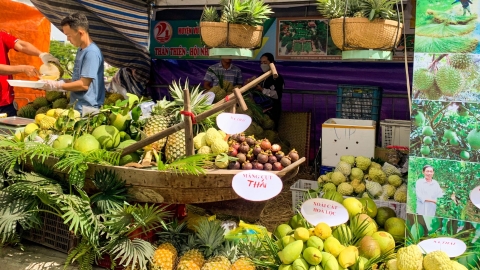"TEA STYLE" CULTURE OF VIETNAMESE PEOPLE
It is probably not an exaggeration to say that Vietnamese people grow up with tea all their lives. When they are born, babies are often bathed in green tea leaves to disinfect. When they grow up, tea is also indispensable in important events such as weddings. Or on holidays, a cup of tea is indispensable. When they die, some places still use tea to embalm the body because tea has good moisture absorption properties. On death anniversaries, we often pour a cup of tea to offer to our ancestors... Tea appears in most of the customs and habits of Vietnamese people.
Without fuss or style, tea simply entered the lives of Vietnamese people. “Tea is used by all classes, from farmers, workers to the elite; from the elderly to the young; appearing in big and small events throughout life. Or simply a familiar drink, like the teapot that grandparents often brew to drink all day. That is the spirit of Vietnamese tea, the tea style that we have always been aiming for”, Tran Cong Danh (1990, Binh Dinh) - Head of the Association Connecting Vietnamese Tea Cultural Heritage shared.

Tran Cong Danh is currently the head of the Vietnamese Tea Cultural Heritage Connection Association.
Having had the opportunity to penetrate into the lives of people in many places around the world, he believes that nowhere is tea used as popularly and widely as in Vietnam. If in China, tea is aimed at the aristocracy, appearing frequently in the lives of kings. Or in the land of the rising sun, tea culture originates from the tea-drinking activities of monks. Then, since ancient times in Vietnam, tea has been for everyone of all classes, present everywhere.
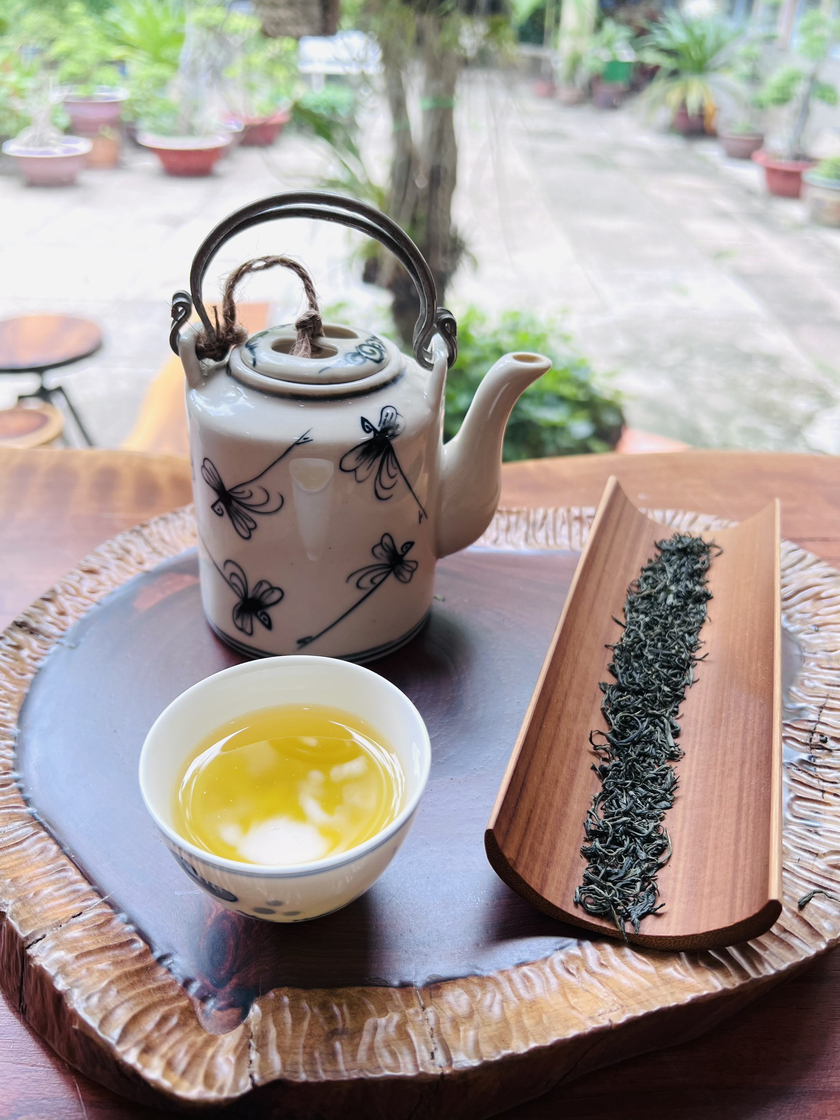
In Vietnam, tea is a popular drink, enjoyed by all classes and found everywhere.
Take iced tea, a popular, familiar drink. But for Danh Tran, it is a specialty of our country's cuisine. Iced tea appears on the streets, in many street corners, and is present in most Vietnamese restaurants. A glass of iced tea is an indispensable drink, a clear expression of the liberal, popular tea style of the Vietnamese people.
"Farmers cool off with a sip of tea after working in the fields. Office workers choose tea as a drink for a sober working day. Or at the recent reception for the wife of the President of South Korea, the wife of the President of Vietnam served West Lake lotus tea...", he added.
TEA CULTURE NEEDS TO MOVE MORE FLEXIBLY
In the subconscious of many people, a “proper” tea house must have certain standards. For example, when entering, there must be a quiet atmosphere surrounded by a slightly dark main color, the light must be restrained, the furniture is often made of wood with ancient patterns. “This perception is probably influenced by the tea culture in China, Japan or Taiwan,” Danh Tran shared.
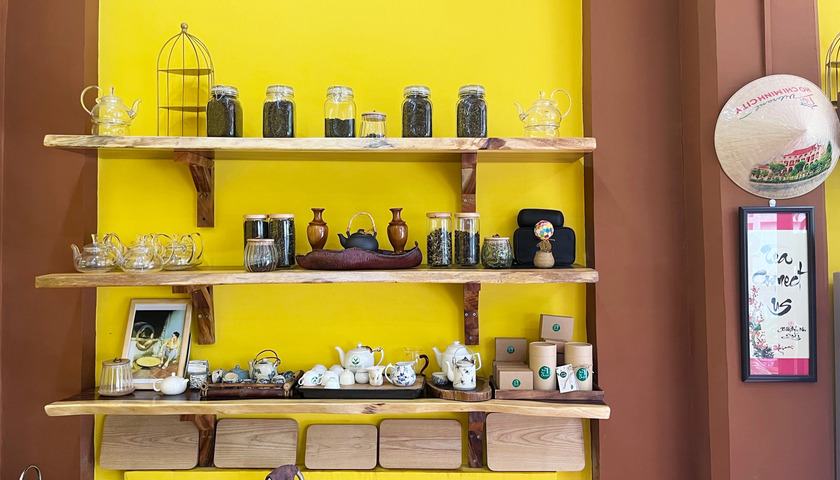
Tra Su Quan's space is modern, standing out with bright yellow tones.

The Association for Connecting Vietnamese Tea Cultural Heritage aims to promote the value of tea culture through connecting generations, diversifying styles and forms of tea drinking. “Tra Su Quan was born with the desire to connect tea lovers. Therefore, the space of the shop has bright colors, open and harmonious in the Indochinese architecture of the Ho Chi Minh City History Museum. At the same time, it is easier to approach the target audience of dynamic young people. At that time, traditional tea culture becomes flexible, suitable for the movement of the times”, Danh Tran shared.
Sharing about the opportunity to establish Tra Su Quan, Danh Tran said: “In 2010, while walking on the street, I accidentally came across 'Salon thé de Mademoiselle Thi' (Miss Thi's Tea Shop). Curiously stepping in, I recognized a familiar cultural space imbued with Vietnamese culture. I feel so proud that Vietnamese tea culture still exists in the midst of a splendid Paris.”
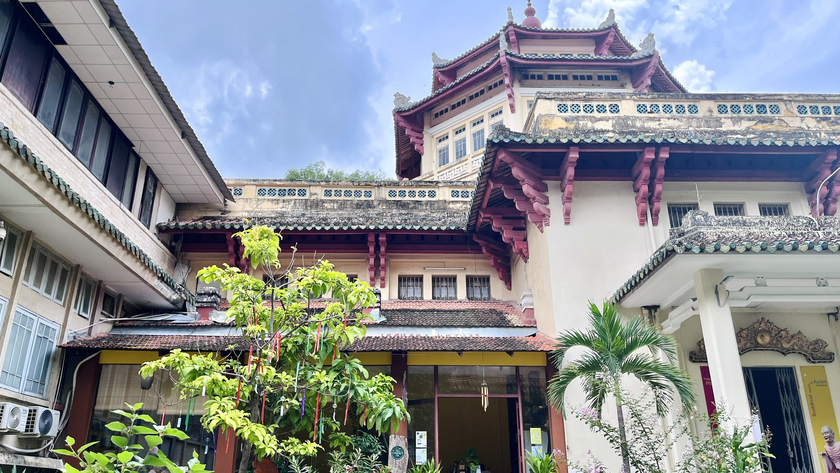
Tra Su Quan is located at the Ho Chi Minh City Museum of History (2 Nguyen Binh Khiem, District 1).
Returning from France, Danh Tran continued his passion for learning about tea. Having many opportunities to meet with tea-loving groups and visit tea regions across Vietnam, he gained more knowledge about Vietnamese tea culture. For Danh Tran, the history and culture of Vietnamese tea deserves to be known more widely, especially to tourists and international friends who are familiar with Chinese Kungfu tea or Japanese tea ceremony.
He is concerned with the desire to see Vietnamese tea appear more in events and meetings as a form of “Teabreak made in Vietnam”. Drinking tea is not only a drink but also has spiritual and health values, while honoring the traditional cultural heritage values of his nation.
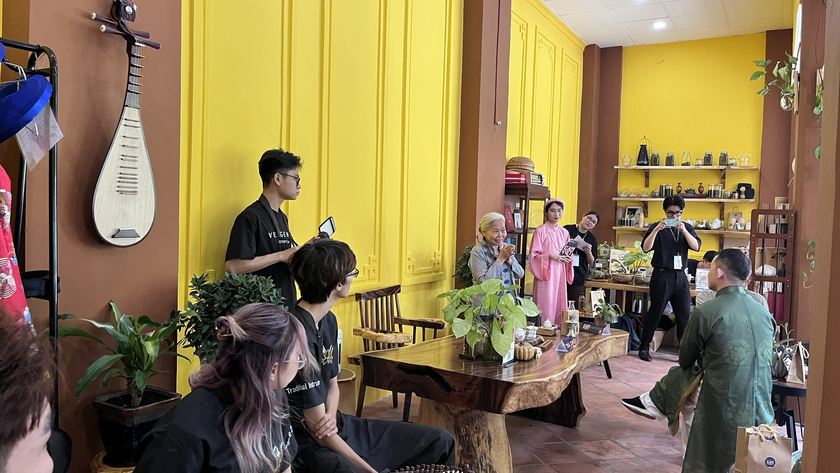
At Tra Su Quan, there are also many regular exchange programs and workshops to learn about traditional cultural forms.
Visitors to Tra Su Quan can not only choose and make tea according to their personal preferences, but also listen and talk about tea. In addition, there are often many exchange programs and workshops to learn about other traditional cultural forms: folk music, amateur music, fine arts or traditional cuisine. This is a suitable destination for those who want to learn about tea culture in particular and traditional Vietnamese culture in general.







